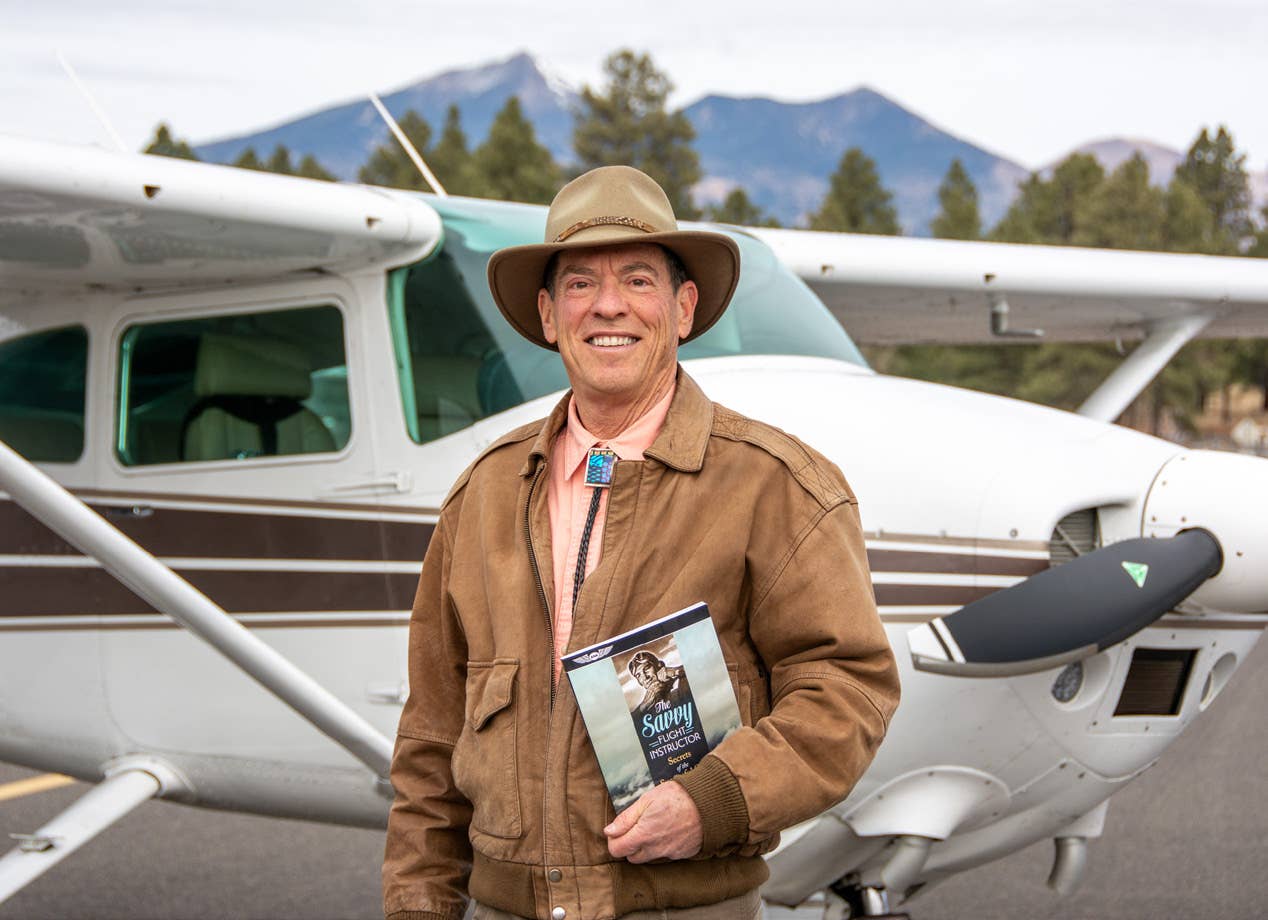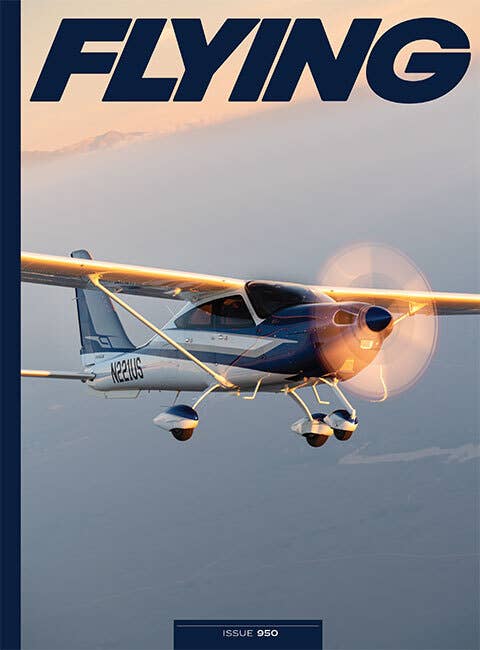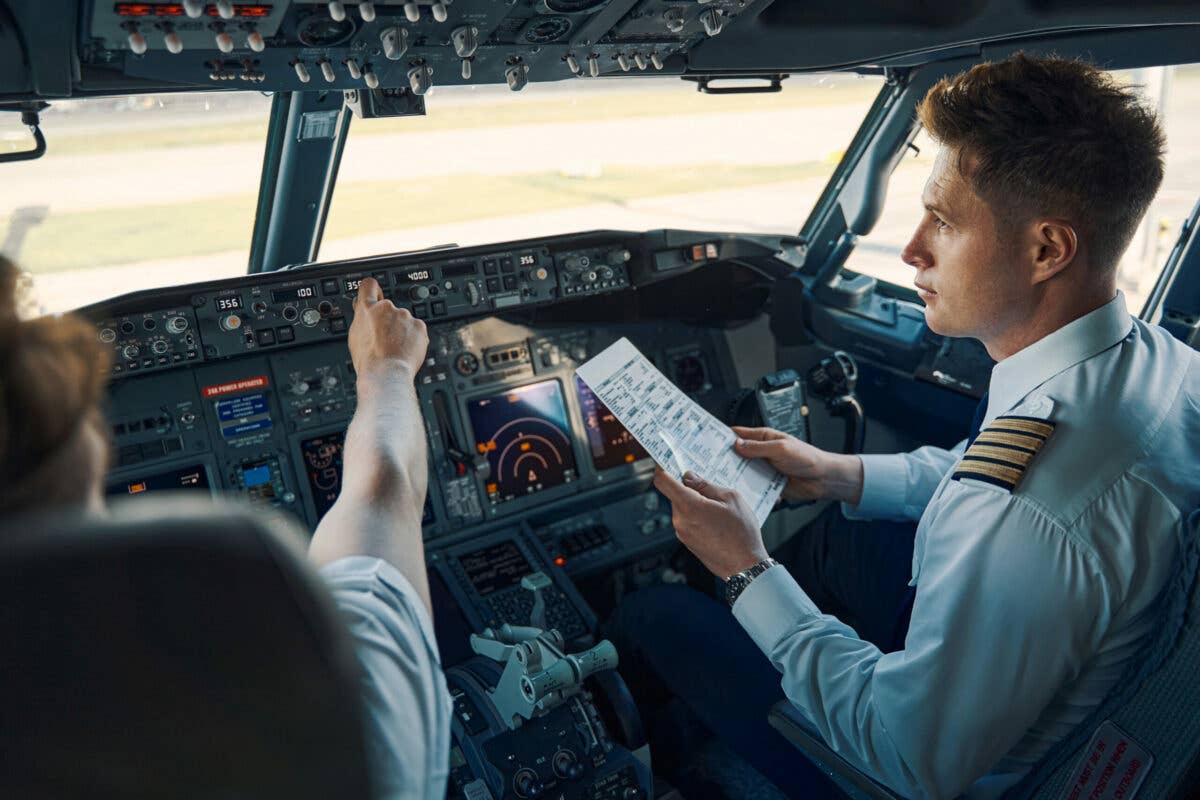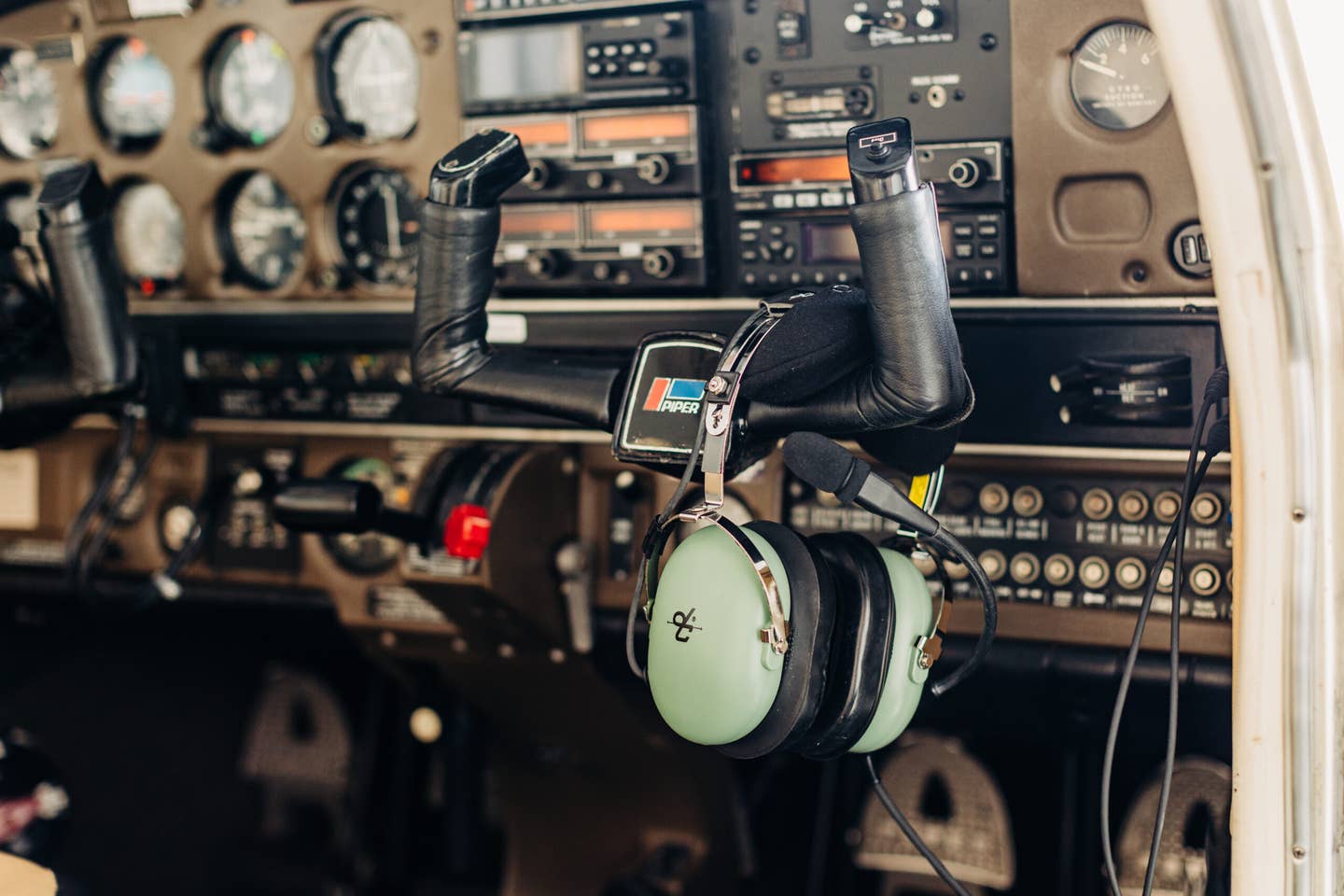Career Flight Instructors Are Hard to Find But Worth the Search
Age and experience does not matter, only that the CFI has the heart and soul of a teacher.

Greg Brown is the author of ‘The Savvy Flight Instructor,’ a book that has been helping aspiring CFIs for decades. [Courtesy: Richard Jackson]
I received a call from a recruiter for a regional airline who had stumbled across my CFI résumé someplace. As I have well over 1,500 hours, he wanted to know if I would like to fly for it. “No, thank you,” I replied. There was an awkward pause. He seemed puzzled, repeating the question slower as if I had not heard him the first time. He asked why I was working as a flight instructor if I wasn’t trying to build hours for the airlines.
While it is true that most people become CFIs as a means to quickly build their hours for other jobs, there are some of us for whom flight instruction is a passion and vocation—and not a steppingstone. The age of the person and even their experience level does not matter. What does matter is that the CFI has the heart and soul of a teacher.
If you're not already a subscriber, what are you waiting for? Subscribe today to get the issue as soon as it is released in either Print or Digital formats.
Subscribe NowGreg Brown, Career CFI
I was first exposed to the idea of becoming a career CFI when I attended a talk by professional CFI Greg Brown at the 2001 Women in Aviation International Conference. Brown is the author of The Savvy Flight Instructor, a book that has been helping aspiring CFIs for decades.
The book teaches the reader how to network, market, and carry themselves like professional teachers dedicated to empowering their clients to develop both flying skills and good judgment, especially when it comes to teaching initial CFIs.
- READ MORE: Shaking the Rust Off a CFI Ticket
“Career Instructors can bring leadership to a flight school, especially where the culture is one of rapid instructor turnover,” said Brown. “It can be an uphill battle at many schools where the culture is geared toward rapid ticket acquisition by learning the check rides, rather than developing the skills—especially decision making and situational assessment necessary to fly outside the narrow margins of the school experience.”
Independent career instructors often charge more than the flight schools, and the clients who value the education will pay for the experience of the career CFI, especially if you have decades of clients who have had successful check rides and gone on to their own aviation careers. But this experience is hard to find these days, according to David St. George, a DPE and the executive director of the Society of Aviation and Flight Educators (SAFE).
“Most of the CFIs currently teaching have two years or less ‘time in grade,’” St. George said. “In order to teach a first-time CFI applicant, the FARs under Part 61 require the CFI to have a minimum of 24 calendar months experience. As a result, the low-experience CFIs are the ones training the next class of CFIs. This is where the experience of the career CFI is worth its weight in gold, as a pocketful of certificates can’t take the place of years of experience.”
Brown noted that many of the CFIs who come up through the Part 141 schools with their one-size-fits-all approach could benefit from flying with a more experienced CFI under Part 61.
“Where they can get out and into the airspace system and exposed to the bigger picture improves command skills and improves experience,” Brown said.
“The CFI certificate is the next level ‘license to learn,’” Brown said. “Our mission as instructors is to teach (learners) to pass the test and operate safely and to empower them to make safe decisions and have confidence when they ask questions and seek knowledge.”
Rod Machado, Career CFI
Rod Machado, a well-known aviation author, has been a CFI since 1973. Machado said he realized he didn’t want to be an airline pilot and found he couldn’t relate to the instructors who had a time-building mindset.
“They are always looking at the next rung on the ladder. I was always in the moment,” Machado said. “For me, the most exciting thing was being able to take the skills and insights that are part of flying and pass them on to another person. The most exciting thing was the student’s first solo.”
- READ MORE: Training the Trainers Remains Critical
CFI training does not ensure a person will be a good teacher, Machado warned.
“They need to have good communication skills and be sincere and put the learner’s needs first. Projecting a professional image also helps,” he said.
Machado said career instructors often become mentors to lower-time CFIs because they had a mentor who helped them develop into better educators.
“The older and wiser CFIs have a vast source of aviation wisdom,” he said. “Asking a simple question like ‘How would you handle this problem?’ can be very beneficial.”
John and Martha King, Career CFIs
It would be remiss if we did not mention John and Martha King of King Schools in an article about career instructors. The pair have more than 50 years of experience teaching aviation in every form from face-to-face seminars to video lessons, and an online catalog for all their ground schools.
A big part of being a career instructor, according to the Kings, is using your expertise to help improve the quality of flight instruction at your school, and that is done by becoming a mentor to the newer instructors helping them develop their teaching skills.
- READ MORE: A Look at the Evolution of Flight Training
The Kings do this on a much larger scale as they work extensively within the aviation education community helping the FAA address weaknesses in the training community.
They often hear the complaints of DPEs dismayed with the poor quality of flight instruction as manifested with the subpar quality of private pilot applicants. That combined with the lack of experience due to training with lower-time CFIs who are training as they were trained using perfunctory instruction where applicants have learned the check ride but not necessarily the material.
“The DPEs complain about the inadequate preparation of the applicants for ratings,” said Martha King.
“We have heard from a number of DPEs that applicants come to them who have never heard of working with a scenario. They come to the check ride expecting just to be tested on maneuvers. Without scenarios, how are you training to be a pilot?
Creating Scenarios for Training
Often, scenario-based training involves the flight instructor verbally creating a situation that gives the applicant a chance to demonstrate their risk assessment and decision-making skills.
It can begin early in their training—for example, “If the engine lost power on climb out, what would you do?”
The more experienced CFIs often have a treasure trove of experiences from their own flying that they draw upon to create scenarios with the learners. This doesn’t necessarily mean they put the learners into these situations in the sky or in the AATD, although the latter is particularly helpful with IFR and emergency procedures. Something as simple as sharing a story can be helpful.
I learned the power of this as a commercial student flying a Cessna 172RG. I was attempting to land in gusting winds, so I opted to use minimum flaps. I was on short final when I dropped 10 degrees, and only the flaps on the left wing came down.
This resulted in an uncommanded and surprising roll to the right at low altitude. I was able to get the aircraft back under control before touchdown, and I maintain that’s in part because a day or so beforehand a former CFI of mine shared a story about when he had a similar experience while attempting to land in a twin-engine aircraft. I credit his description of asymmetrical flaps with helping me identify the issue immediately and take prompt and corrective action.
During practice flights, CFIs introduce the learners to different situations (scenarios), such as an uncommanded loss of engine power accomplished by the CFI reaching over to reduce the throttle to idle.
To my fellow CFIs: Be sure to impress upon the learner that when there is a loss of engine power, the throttle will not “back out” on its own. I stress this because one candidate in a Redbird training session—where failures are done with a keystroke—argued I could not have failed his engine because the throttle lever was still full forward. Learning took place.
“Being an instructor can be very satisfying, meaningful, and rewarding work,” said John King. “There is something very rewarding and important about doing it better than anyone else.”
But instructing is not for everyone, noted Martha, but she encouraged CFIs who are doing it to build experience for other careers to “do the best you are where you are at the moment.”
Characteristics of Career Instructors
Career instructors often have a pocketful of certificates and understand the value of the teaching they do. This means they charge for both the ground and the flight time. Success is not strictly determined by check rides, however—it’s by the caliber of pilots you turn out. We’re going to be sharing the skies together.
Career instructors often invest the time and energy into getting an additional accolade, such as the master designation from SAFE or National Association of Flight Instructors (NAFI). The master designations require documentation of hours of activity and must be renewed every two years.
The activities—such as adding a certificate or rating or teaching or attending a class—are designed to improve the instructor’s skill set.
The FAA’s Gold Seal, given to CFIs with an 80 percent (or better) first-time pass rate recognizes a commitment to excellence.
Many career CFIs develop a specialty, such as tailwheel training, flight reviews, type-specific training, or scenario-based training in an AATD. They often charge more than the average flight school instructors, and customers are willing to pay extra for the experience and skill.
Usually though, it is not the pay that makes a person want to be a full-time CFI. There’s something just fulfilling about helping someone reach their goals while adding to their own skill set. Good CFIs know what they don’t know, value teaching more than flight hours, and are not afraid to get creative to help a client.
This column first appeared in the February Issue 955 of the FLYING print edition.

Sign-up for newsletters & special offers!
Get the latest FLYING stories & special offers delivered directly to your inbox







